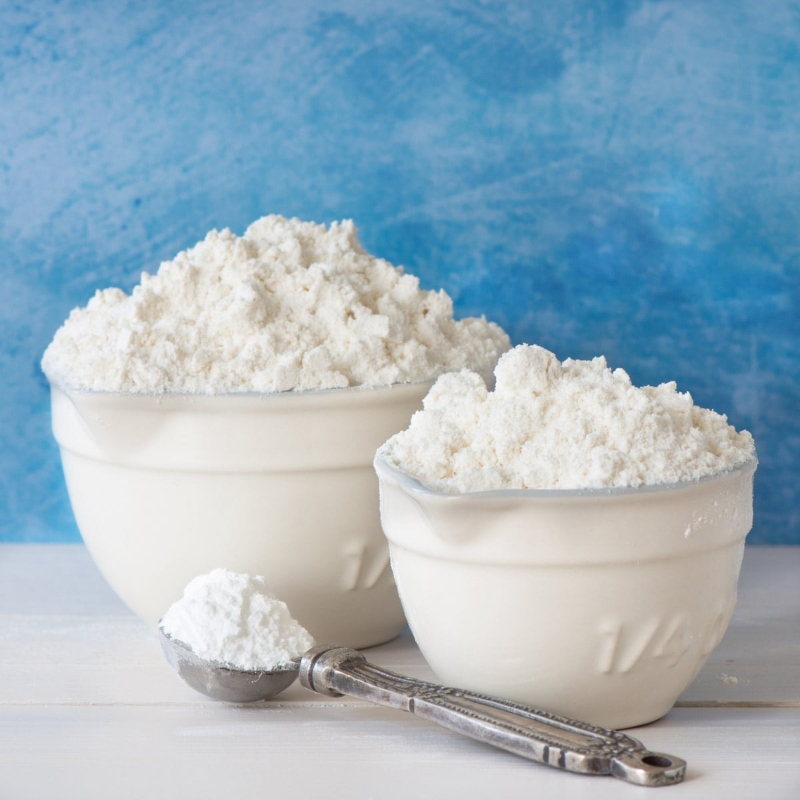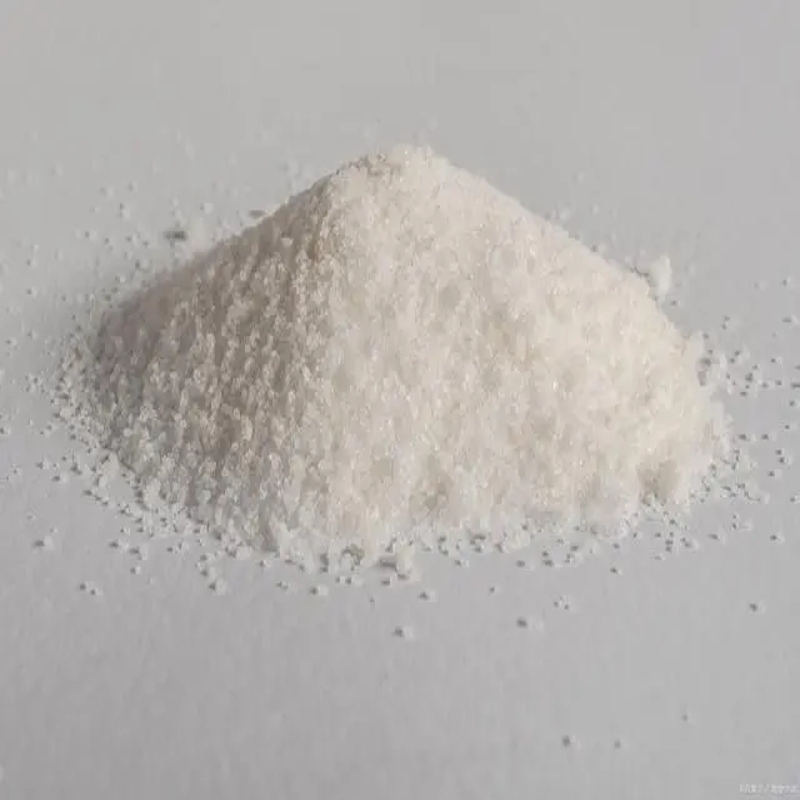-
Categories
-
Pharmaceutical Intermediates
-
Active Pharmaceutical Ingredients
-
Food Additives
- Industrial Coatings
- Agrochemicals
- Dyes and Pigments
- Surfactant
- Flavors and Fragrances
- Chemical Reagents
- Catalyst and Auxiliary
- Natural Products
- Inorganic Chemistry
-
Organic Chemistry
-
Biochemical Engineering
- Analytical Chemistry
- Cosmetic Ingredient
-
Pharmaceutical Intermediates
Promotion
ECHEMI Mall
Wholesale
Weekly Price
Exhibition
News
-
Trade Service
(2) Inverse emulsion polymerization
The specific process for preparing polydimethyldiallylammonium chloride by inverse emulsion polymerization is as follows: adding a specified amount of oil phase, emulsifier, chelating agent and other additives into the reactor and turning on the stirring; Ion exchange refined dimethyl diallyl ammonium chloride monomer aqueous solution and dispersed phase are blown with nitrogen to drive oxygen for 20-30 minutes, then add initiator to the monomer, shake well, add oil phase under rapid stirring After the exothermic peak occurs, keep it in the range of 30~70℃ for 3.
0~6.
0h, then cool to room temperature and add the terminator and discharge; during the polymerization process, samples are taken regularly to determine the monomer conversion rate and PDMDAAC emulsion The relative molecular mass
.
Huang Pengcheng uses isoparaffin mixture Isopar M as the continuous phase, succinate bis(2-ethyl)hexyl sulfonate (AOT) and sorbitol monooleate (SMO) as emulsifiers, and azobisiso Enanthonitrile was used as the initiator, and the PDMDAAC emulsion was prepared by inverse emulsion polymerization
.
In addition, the polymerization temperature was 60.
Morgan and Boothe used emulsion polymerization to prepare polydimethyldiallylammonium chloride: adding 321.
5g of benzene, 138.
5g of 72.
2% DMDAAC aqueous solution and 40g of 20% octylphenoxyethoxy to the reactor.
2-ethanol sodium sulfate aqueous solution; the above mixture is stirred at 170~180r/min and the temperature is raised to (50±1)℃.
After nitrogen and oxygen are driven for 1.
0h, 1.
4mL with a mass concentration of 3.
51g/L is added.
Ferrous ammonium sulfate solution, and then add 0.
336mL of 75% peroxyacyl pivalate butyl alcohol solution, and stir the reaction with nitrogen at 50 ℃ for 20h
.
By evaporating and separating the benzene solvent, a glassy polydimethyldiallylammonium chloride solid product can be obtained
[Application] In recent years, some domestic manufacturers have begun to conduct a lot of research on dimethyl diallyl ammonium homopolymer and copolymer
.
Dimethyldiallylammonium chloride homopolymers and copolymers belong to cationic organic synthetic polymer flocculants.
Tang Jijun and others used the self-made dimethyldiallylammonium chloride homopolymer product (HCA) and copolymer product (HCA-AM) to study the flocculation and dewatering performance of activated sludge, and conducted a comparative test with cationic polyacrylamide
.
When the pH value of activated sludge is 5, the dosage of flocculant is in the range of 10-30mg/L, the dehydration of dimethyldiallylammonium chloride homopolymer product (HCA) and copolymer product (HCA-AM) The effect is always better than cationic polyacrylamide







